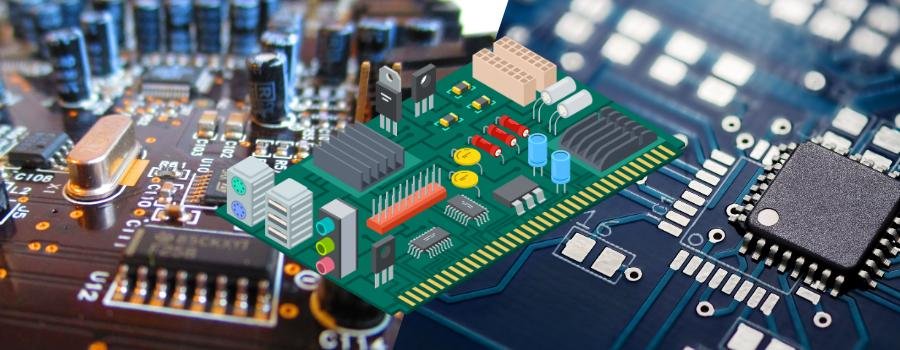Several popular single-board computers are available in the market, each with unique features and capabilities. A single-board computer (SBC) is a complete computing system built on a single circuit board with a microprocessor, memory, input/output (I/O) ports, and other necessary components.
Popular Single board Computers
SBCs have become increasingly popular over the years, with a growing community of enthusiasts and developers working on various projects ranging from home automation to robotics. This article will look at some of the most popular SBCs available today and discuss their features and applications.
Raspberry Pi
Raspberry Pi is one of the world’s most used and popular SBCs. It was first introduced by the Raspberry Pi Foundation in 2012 and has since become a favorite among hobbyists, educators, and developers. The latest version, the Raspberry Pi 4, features a quad-core ARM Cortex-A72 processor, up to 8GB of RAM, Gigabit Ethernet, dual-band Wi-Fi, Bluetooth 5.0, and up to two 4K displays. It runs various operating systems, including Raspbian, Ubuntu, and Windows 10 IoT.
The Raspberry Pi is used for various applications, including media centers, game consoles, home automation, and education. Its low cost and versatility make it an ideal choice for beginners and advanced users.
BeagleBone
The BeagleBone is another popular SBC introduced in 2013 by BeagleBoard.org. It was designed to be an open-source hardware platform for developers and hobbyists. It features a Texas Instruments Sitara AM335x ARM Cortex-A8 processor, 512MB of RAM, and up to 4GB of onboard flash storage. It also has Ethernet, USB, HDMI, and other I/O ports.
The BeagleBone is designed for more advanced projects and applications, supporting various programming languages, including Python, C++, and JavaScript. The BeagleBone is used for various applications, including robotics, home automation, and industrial control. Its open-source hardware design and powerful processor make it a popular choice for developers.
Odroid
The Odroid is a series of SBCs developed by Hardkernel, a South Korean company, and was released in 2012. The Odroid boards are based on ARM processors and come in different models, each with features and capabilities. The latest version, the Odroid M1, features a quad-core ARM Cortex-A55 processor, up to 8GB of DDR4 RAM, Gigabit Ethernet, HDMI output, and multiple USB ports.
The Odroid boards are known for their high performance and low power consumption applications, making them ideal for projects from media centers to gaming consoles that require processing power but have limited power supply. They support various operating systems, including Ubuntu, Android, and Arch Linux, and have a large community of developers and enthusiasts who have created numerous projects and libraries.
NanoPi
The NanoPi SBCs were first released in 2016 by FriendlyElec. They are similar in design to the Raspberry Pi and feature a variety of processors, ranging from quad-core ARM Cortex-A7 to octa-core ARM Cortex-A53. The latest version, the NanoPi R5S, features a Rockchip RK3568B2 processor, up to 4GB of RAM, 8GB eMMC Flash, Gigabit Ethernet, HDMI output, and multiple USB ports.
The NanoPi is used for various applications, including media centers, IoT devices, and home automation. It is low-cost and small, making it an ideal choice for projects requiring a compact form factor.
Arduino
The Arduino is not technically an SBC but a popular development board that can be used as a standalone computer or as an add-on board to other devices. It is designed for embedded systems and has a simple, easy-to-learn programming language that makes it accessible to beginners. The latest version, the Arduino Uno, features an ATmega328P microcontroller, 14 digital input/output pins, six analog inputs, and a USB interface.
The Arduino is used for various applications, including robotics, home automation, and wearable technology. Its low-cost and easy-to-learn programming language makes it an ideal choice for hobbyists and students.
Conclusion
Single-board computers have become increasingly popular due to their affordability, versatility, and accessibility. These small, powerful computers have opened up a world of possibilities for hobbyists, makers, and professionals alike, enabling them to build and prototype projects ranging from home automation systems to robots.
Several popular single-board computers are on the market, each with unique features and strengths. You can choose any of them as your need for any project. The popularity of SBCs shows that we will likely continue to see new and innovative uses for these powerful little devices.




